H2O AI Cloud: Democratizing AI for Every Person and Every Organization
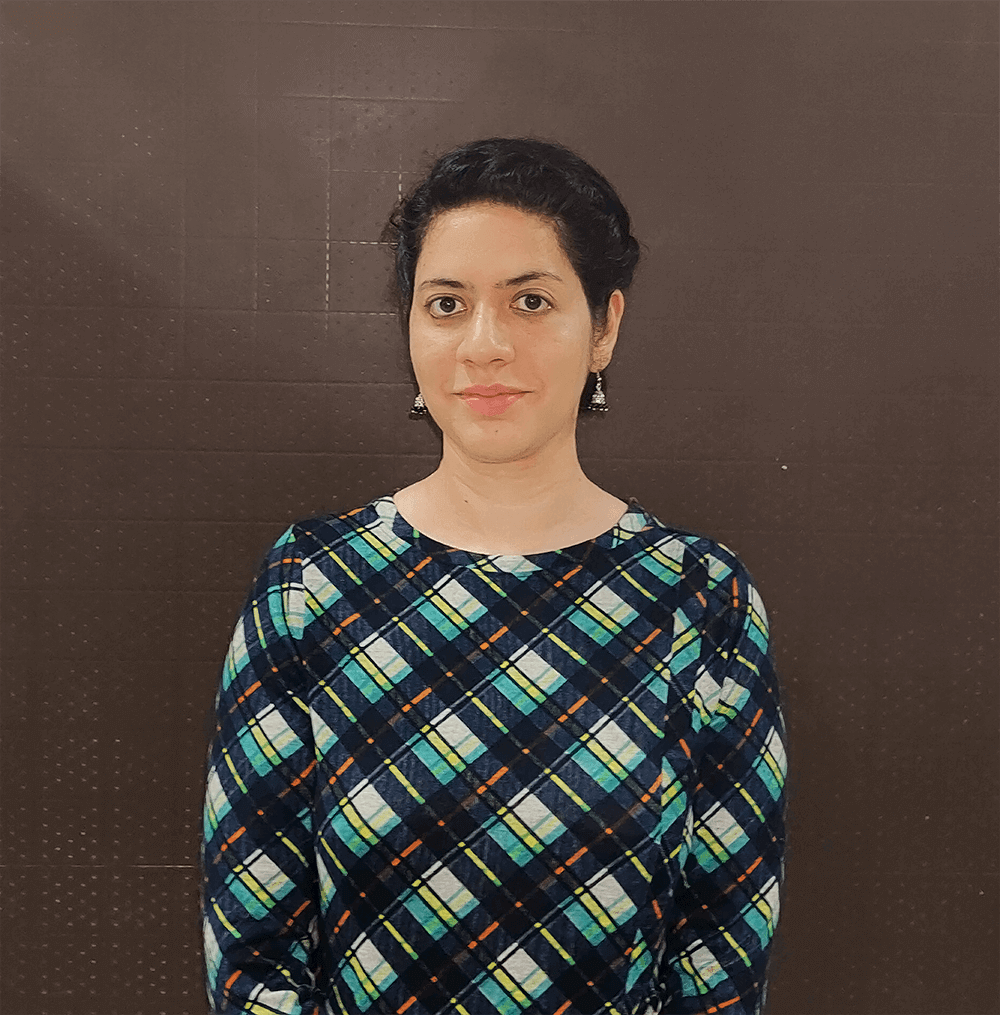
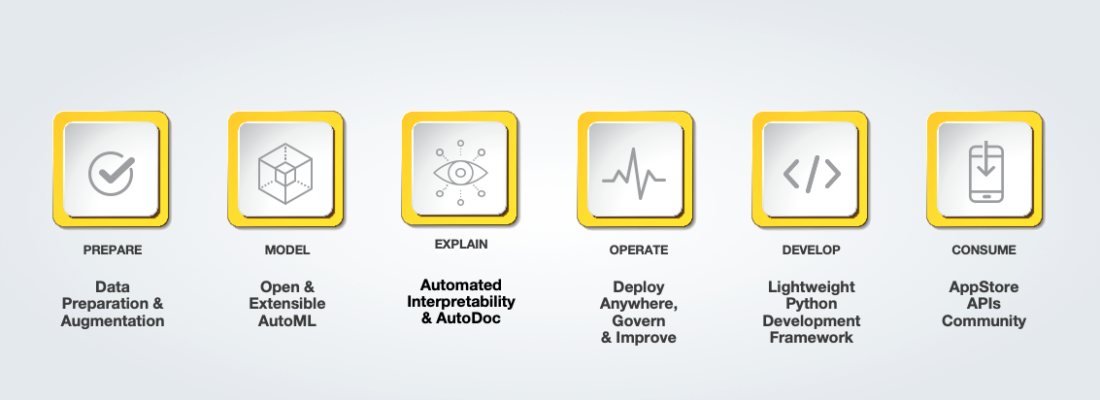
Harnessing AI’s true potential by enabling every employee, customer, and citizen with sophisticated AI technology and easy-to-use AI applications.
Democratization is an essential step in the development of AI, and AutoML technologies lie at the heart of it. AutoML tools have played a pivotal role in transforming the way we consume and understand data. Given the impact that data and predictive analytics can have in addressing critical problems, it becomes imperative to make the power of AI available to a wide variety of users in an organization. This is essential to address day-to-day needs and deliver greater insights. At H2O.ai , we have outlined a six stepped approach to help enterprises make this happen.
At the core of this approach lies automation, explainability, flexibility, and scalability. Having a carefully carved out strategy is imperative to the success of AI adoption in an enterprise. At H2O.ai, we’re here to help you get started and determine how H2O AI Cloud can solve your organization’s specific challenges.
H2O AI Cloud: Empowering every stakeholder
H2O AI Cloud is an end-to-end platform that enables organizations to rapidly build world-class AI models and applications. H2O AI Cloud harnesses the true potential of AI by enabling every employee, customer, and citizen with sophisticated AI technology and easy-to-use AI applications. There are no user limitations. Infact, it has been developed with a mission to empower everyone in the organization to innovate and use AI to make better decisions, streamline operations, reduce risk, and personalize customer experiences. H2O AI Cloud integrates with all major clouds, operating systems, and Python packages, enabling easy integration to virtually any existing data science stack.
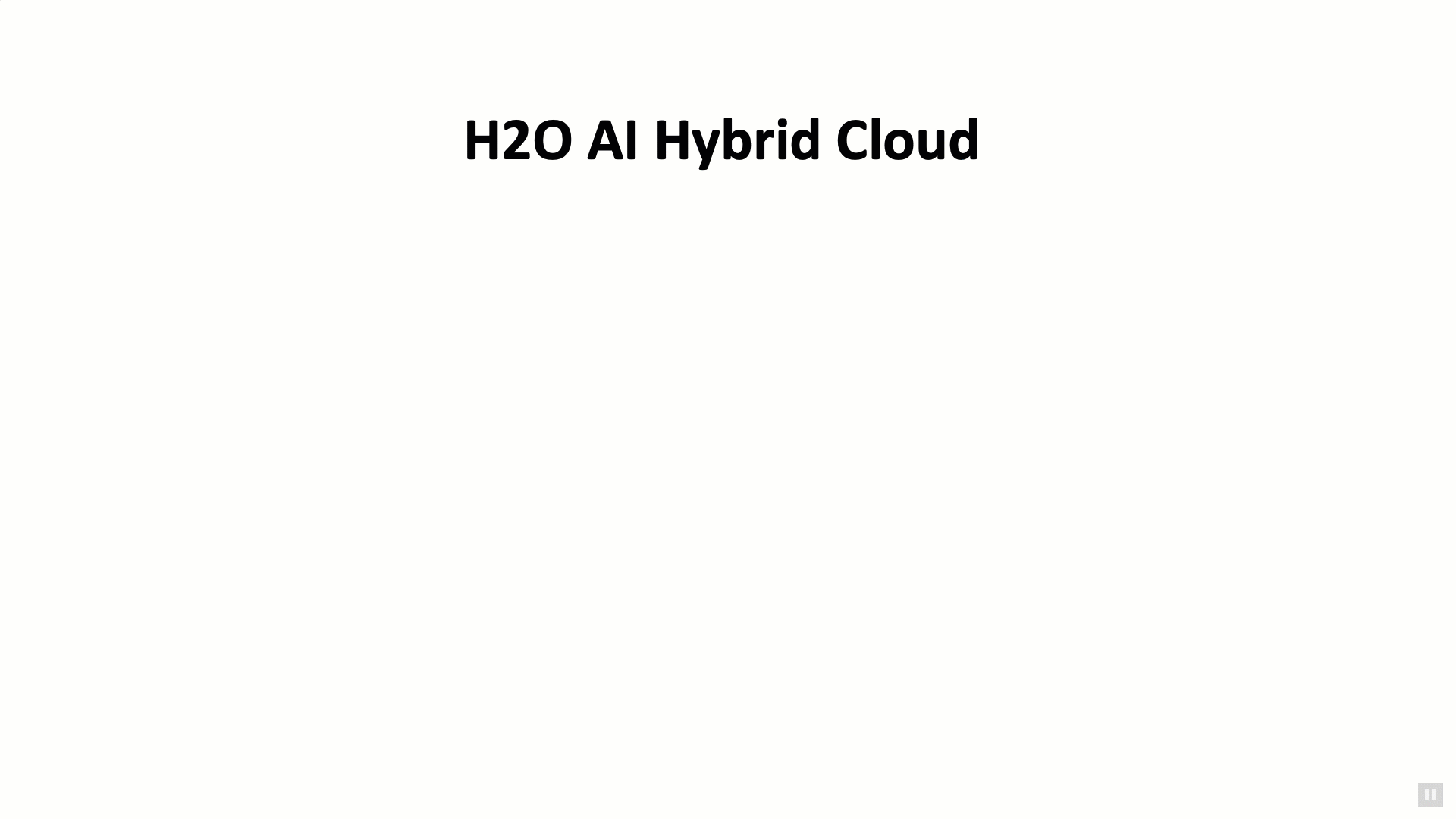
Creating an end to end customer churn application with H2O AI Cloud
To understand the usefulness of the H2O AI Cloud, let’s look at its various components in detail with the help of an example. To put things into perspective, let’s look at the customer churn application which has been hosted on the H2O AI AppStore .

The customer churn application is an easy-to-use front-end for real-time predictions of a machine learning churn model. The goal of this application is to empower the call center representatives so they can make more informed decisions when talking to their customers. Whenever a customer calls a call center, the app displays in real-time the information about that customer i.e., whether or not they’re likely to churn and why. This would provide necessary information to the call center representative to understand the state of mind of the customer, beforehand.
This demo application is built on the Kaggle Customer Churn dataset and is hosted on the H2O AI AppStore . The dataset provides important details about each customer i.e how much they are paying for service, their demographic details, and also who’s left the company and who has not. The predictive model driving this application is built using Driverless AI and then productionalized with MLOps to be consumed by the application. The following section will walk through the end-to-end process in a bit more detail.
1. Modeling: Quickly Make World-Class AI Models
The customer churn and all the other applications are powered by state-of-the-art automated machine learning from H2O-3 and Driverless AI .
H2O’s AutoML supports tabular, time series, text, audio, image, and video data all in one platform. There is support for all the popular ML libraries, including H2O-3, XGBoost, Tensorflow, and PyTorch , as well as over 100 pre-coded experiments and recipes. The AutoML automatically selects the best algorithm, tunes the model, and provides data scientists and developers with a model leaderboard to continually challenge and test the champion models.
Here is a video that goes through the entire process of creating a predictive model in Driverless AI using a publicly available churn dataset. At the end of the entire experiment, Driverless AI delivers the single best model or an ensemble of models depending on the use case.

As can be seen in the demo above, Driverless AI saves our data scientists a lot of time which can then be used for other tasks like explaining the model predictions to stakeholders. Explainability is a vital component of AI, and we shall cover it in the next section.
2. Explainability: End-To-End Suite of Best-in-Class Explainable AI Methods
H2O.ai has built one of the most extensive suites of capabilities for reviewing the machine learning models after they have been developed, such as Shapley Values , K-Lime, Surrogate Decision Trees, Reason Codes, Partial Dependency Plots, Disparate Impact Analysis, Exportable Rules-Based Systems, and more.
The machine learning interpretability(MLI) module equips the data scientists to understand how the model makes decisions under the hood, allowing them to better trust the results. For instance, the Shapley values can show the contribution of each feature towards the overall predictions. On the other hand, the partial dependency plots(PDP), allow the user to see how predictions would change if one specific feature changed. For instance, in the churn example demonstrated below, the average prediction goes from unlikely to churn to likely to churn as the payment amount increases.

3. ModelOps: AI Deployment and Governance
H2O.ai has developed a rich ecosystem of MLOps and model management capabilities to get models into production faster and keep them there. H2O AI Cloud offers complete capabilities to deploy, monitor, test, explain, challenge, and experiment with real-time models in production. H2O’s MLOps technology enables users to watch in real-time how data and predictions are changing as well as monitor alerts and risk flags as they occur.
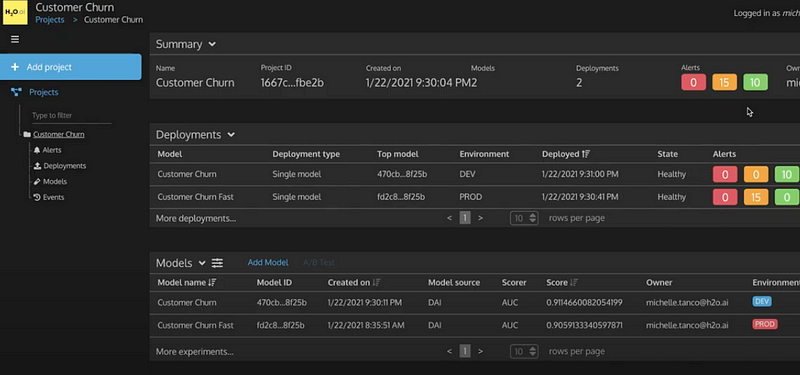
4. H2O Wave: Make AI Apps
Coming back to the final leg of the end-to-end process i.e H2O Wave. It is an open-source Python development framework that makes it fast and easy for data scientists, machine learning engineers, and software developers to develop real-time interactive AI apps with sophisticated visualizations. H2O Wave accelerates development with a wide variety of user-interface components and charts, including dashboard templates, dialogs, themes, widgets, and many more.

5. H2O AI AppStore: Publish and Share AI Apps
The H2O AI AppStore is a front-end for users to browse, use and share AI apps to solve their specific use cases. The AppStore consists of data science best practice apps curated by the H2O Kaggle GrandMasters team, and the industry vertical apps built by the makers at H2O.ai.
The H2O AI Cloud runs internal to a company allowing each organization to have their own app store with the apps most important to them. The engineers and data scientists of an organization can build their own applications specific to their needs and requirements.
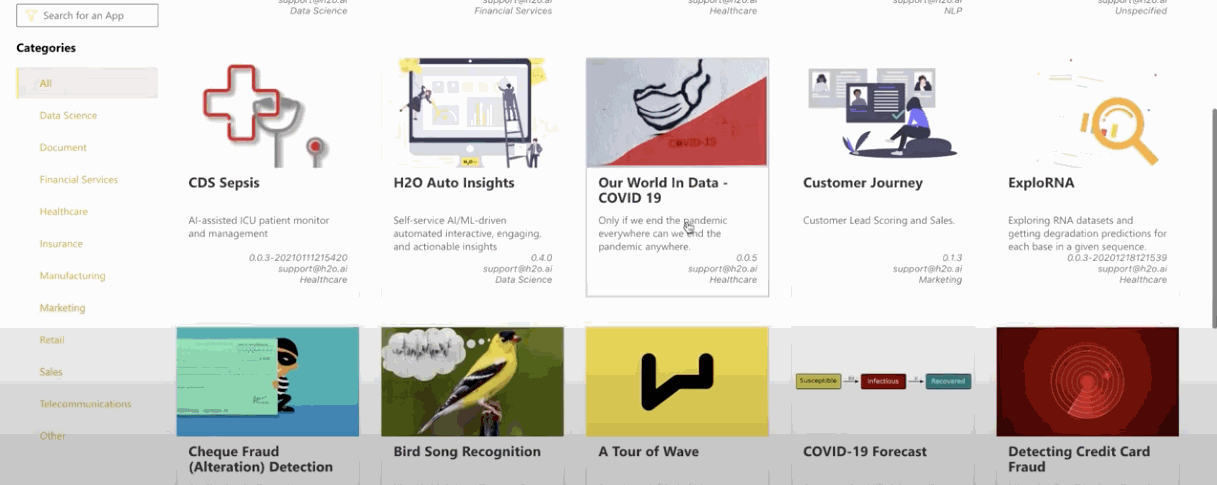
Conclusion
In this article, we went into detail over the capabilities of the H2O AI Cloud via a use case. We built a model using Driverless AI, looked at how MLOps can host productionalized models for us, and then used these models within wave applications. As creators of technology, our focus has always been to create something that is both efficient, easy to use as well as intuitive. At H2O.ai, We tend to focus our design principles on the human benefit of AI, explainability, and trust, and this is clearly reflected in every aspect of the H2O AI Cloud.
Acknowledgment
Special thanks to Michelle Tanco for creating the demo video on how H2O AI Cloud works. The video snippets used in the article above have been taken from there.








